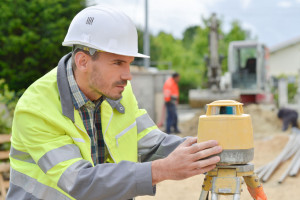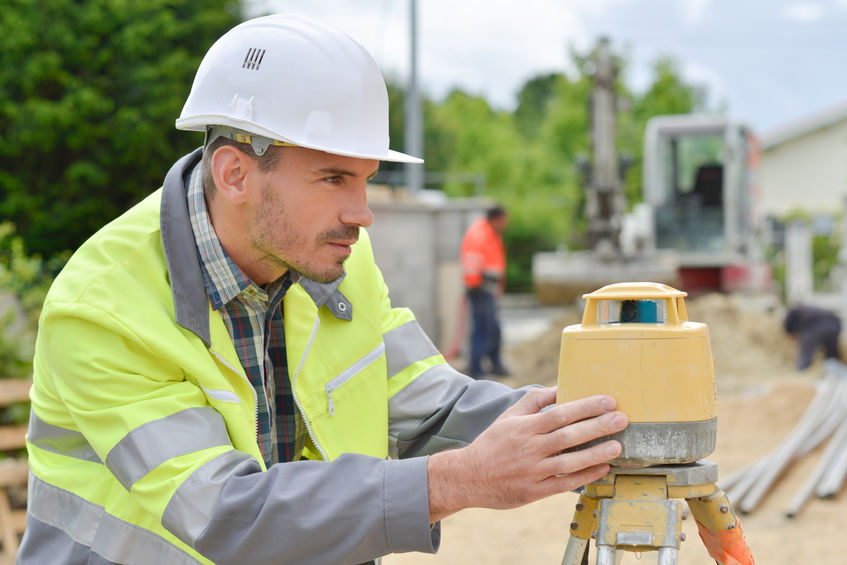Preserving heritage: Laser scanning for restoration and conservation
 In a world where urban landscapes are ever-evolving, preserving the past becomes a paramount responsibility. Historical buildings, monuments, and cultural sites not only hold the stories of our heritage but also contribute to the character and identity of our cities. This is where cutting-edge technology comes into play, offering innovative solutions to ensure that past treasures remain intact for generations. Among these technological marvels, laser scanning has emerged as a revolutionary tool for restoration and conservation, allowing us to honor history while embracing the future.
In a world where urban landscapes are ever-evolving, preserving the past becomes a paramount responsibility. Historical buildings, monuments, and cultural sites not only hold the stories of our heritage but also contribute to the character and identity of our cities. This is where cutting-edge technology comes into play, offering innovative solutions to ensure that past treasures remain intact for generations. Among these technological marvels, laser scanning has emerged as a revolutionary tool for restoration and conservation, allowing us to honor history while embracing the future.
The power of laser scanning
Laser scanning, also known as LiDAR (Light Detection and Ranging), has transformed the architectural and historical preservation landscape. By utilizing lasers to capture precise measurements and details of structures, laser scanning produces highly accurate three-dimensional representations. This technology has proven invaluable in documenting and preserving architectural marvels, both in terms of their physical structure and intricate details.
Restoration made precise
Historical structures often present unique challenges during restoration. The lack of accurate documentation and the degradation of materials over time can complicate the process. Laser scanning, with its ability to capture millimeter-level detail, overcomes these challenges by providing a comprehensive digital model of the structure. This digital replica serves as a foundation for the restoration process, ensuring that every nuance of the original design is faithfully preserved.
Moreover, laser scanning aids in identifying structural issues that might not be visible to the naked eye. This enables preservationists and engineers to detect hidden deterioration, allowing for timely interventions that prevent further damage. The precision of laser scanning also reduces the need for invasive procedures, minimizing the impact on the historic fabric of the building.
Conserving cultural significance
Beyond the physical structure, historical sites hold immense cultural significance. They are repositories of art, craftsmanship, and the stories of generations before us. Laser scanning captures not only the physical attributes of these sites but also the intricate carvings, ornate decorations, and unique architectural features that define their character.
Even the most delicate aspects of a structure, such as fragile frescoes or intricate moldings, can be captured in minute detail through laser scanning. This data not only aids in restoration but also ensures that these cultural treasures are preserved for educational and inspirational purposes. It allows historians, researchers, and future generations to explore these sites virtually, regardless of geographical barriers.
Consider the restoration of a historic cathedral, where traditional measurement methods might fall short. Laser scanning can accurately capture the dimensions of every arch, pillar, and window with unparalleled precision. This data is then transformed into a digital model, serving as a roadmap for restoration efforts. Engineers and architects can collaborate on potential interventions while maintaining the original architectural intent.
Moreover, when dealing with intricate decorative elements, like the delicate stonework on the façade of a historical building, laser scanning captures every groove and flourish. This comprehensive dataset allows craftsmen to accurately replicate the ornamental details, ensuring that the restored elements are true to the original design.
Our approach involves a meticulous process of scanning, data analysis, and collaboration with preservationists and architects. By merging laser scanning with our deep expertise, we deliver results that are not only accurate but also considerate of the historical and cultural significance of the structure.
Visit our website to learn more about our innovative solutions and how we can help preserve the architectural treasures that define our history. Join us in our mission to honor the past while embracing the possibilities of tomorrow.

